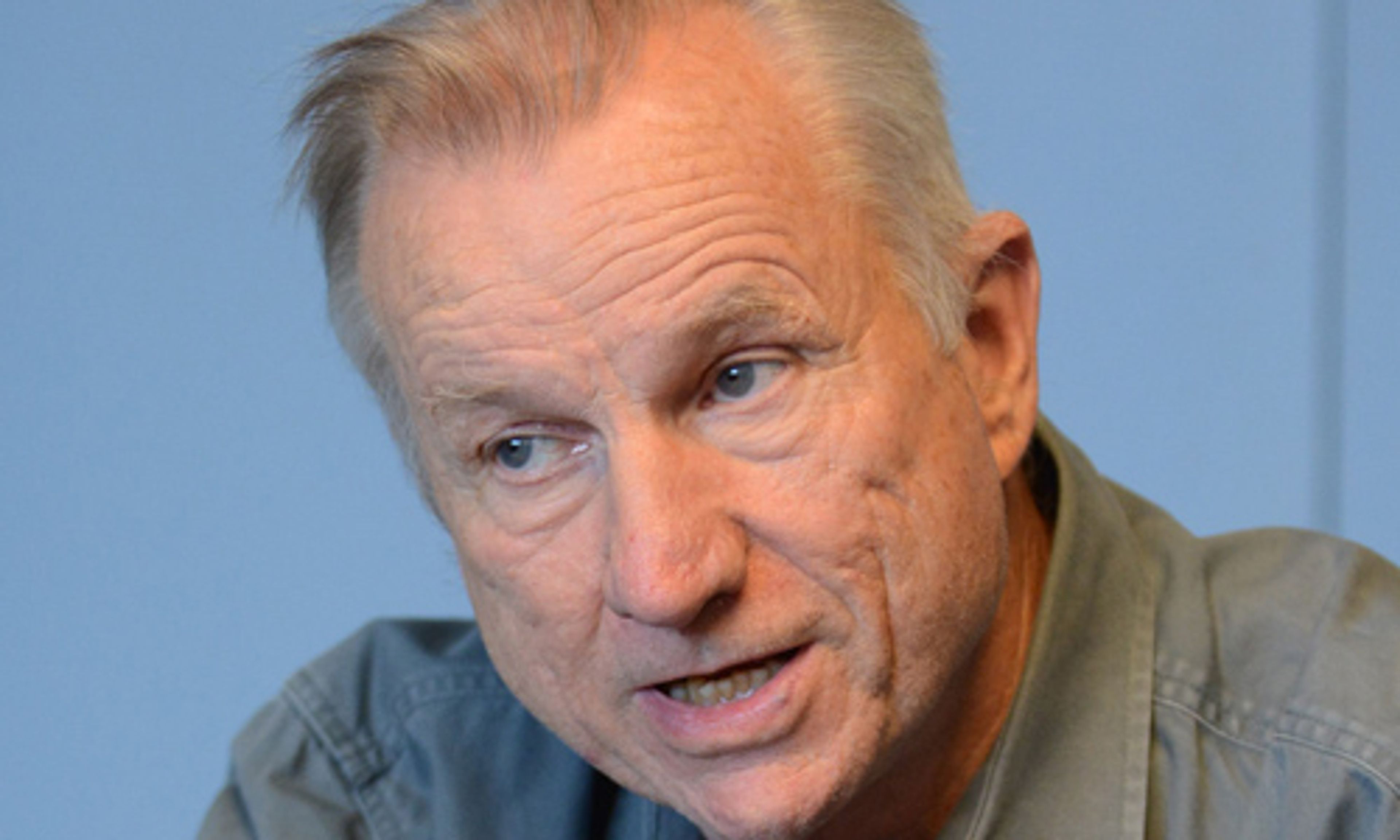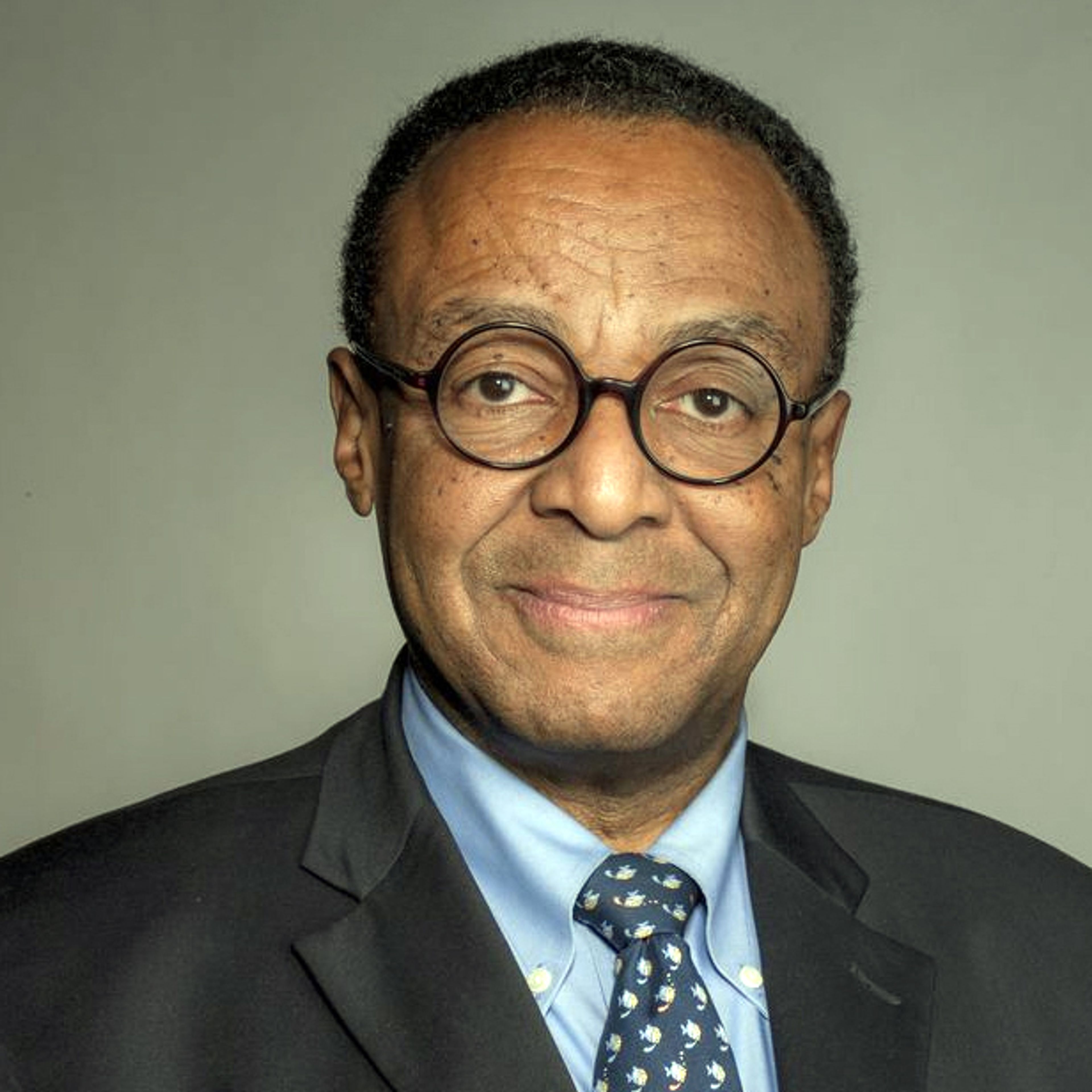OPINION: Idaho voters rejected ranked choice voting, not an open primary
Last November, Idaho voters rejected Proposition 1 by a margin of 69.6% to 30.4%. The measure would have modified Idaho’s current candidate nominating process from one where each party holds a separate primary to an “open primary” where all voters, regardless of party, picked the four candidates who would appear on the general election ballot. In that general election, it proposed that voters could rank their choices so that a winner obtained a majority of the votes cast.
While Idaho voters rejected Proposition 1, there is evidence that they favor an open primary. Boise State University last year surveyed Idahoans and found that nearly 58% backed the concept of an open primary but only 34% supported ranked choice voting.
The Legislature should consider adopting an open primary by itself with one tweak.
Melaleuca Inc. Executive Chairperson Frank VanderSloot, one of the leaders of the opposition to Proposition 1, last year stated: “There is a good argument for an open primary. ... There are valid arguments for an open primary. ... If we want to do an open primary let’s do an open primary without ranked choice gimmickry.”
Much of the opposition to the measure, led by the Idaho Republican Party, focused on the complexity of ranked choice voting. That was smart on their part given the much lower support for ranked voting.
That raises the question: Should the Legislature revisit the issue and implement an open primary without ranked choice voting? If so, what could such a reform measure look like?
Given that Idahoans like the concept of an open primary, where all candidates run together regardless of party, that element could be the first building block. The language in Proposition 1 was that the top four vote-getting candidates in the primary would advance to the November general election.
Given Idahoans’ Republican nature, that could often result in multiple Republicans making the general election ballot in many races.
That creates a conundrum. Imagine that three Republicans advance for, say, the office of governor and the other nominee is a Democrat. That could create the potential for the Republicans to divide the Republican vote and allow the Democrat to be elected even though most voters might favor a Republican candidate (just not the same one). That violates the concept of majority rule.
In Proposition 1, that was the reason for the ranked choice voting provision, to create a method for eventual winner to obtain a majority of the vote. But Idahoans rejected that element last November.
There is an another alternative and it rests in current Idaho law. Today, Idaho cities have the option to adopt a runoff system. My community of Idaho Falls does so. If a candidate for city office doesn’t get a majority of the vote in the general election, a runoff election with the second-place finisher is then held shortly after. Several other states use a runoff election for partisan positions when candidate falls short of a majority in the general election.
The Legislature could combine Proposition 1’s top-four primary with Idaho’s current municipal top-two runoff election system, but only if the top general election candidate falls short of a majority.
That combination would ensure that the winner would get a majority in either the general election or in the runoff election. And it would minimize the possibility of candidates in the general election, from the same party, cannibalizing each other.
There are downsides to such a system, particularly lower turnout in a runoff election. But other states have deemed that acceptable to obtain majority support for an elected officeholder.
The Legislature should explore implementing such a system to implement the preference of Idaho voters for an open primary.
Taggart, of Idaho Falls, is an attorney who has worked in Republican politics since his teens, both in campaigns and as chief of staff for a congressional office.






